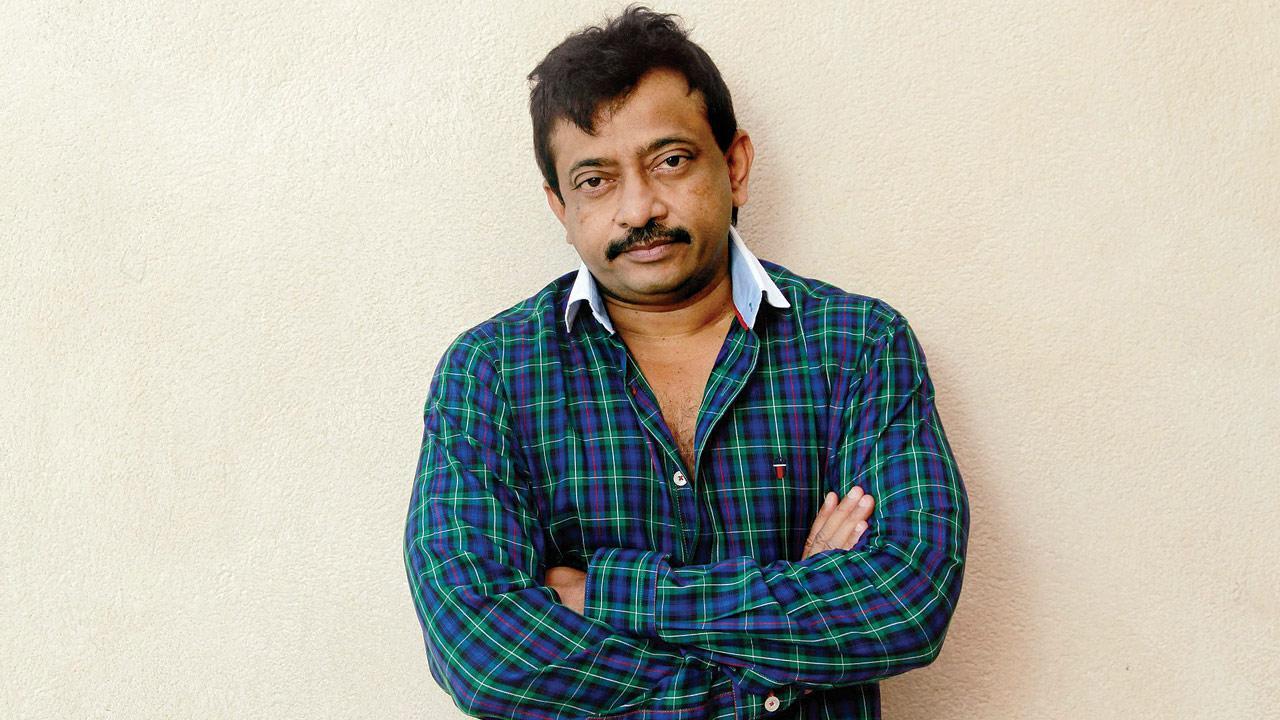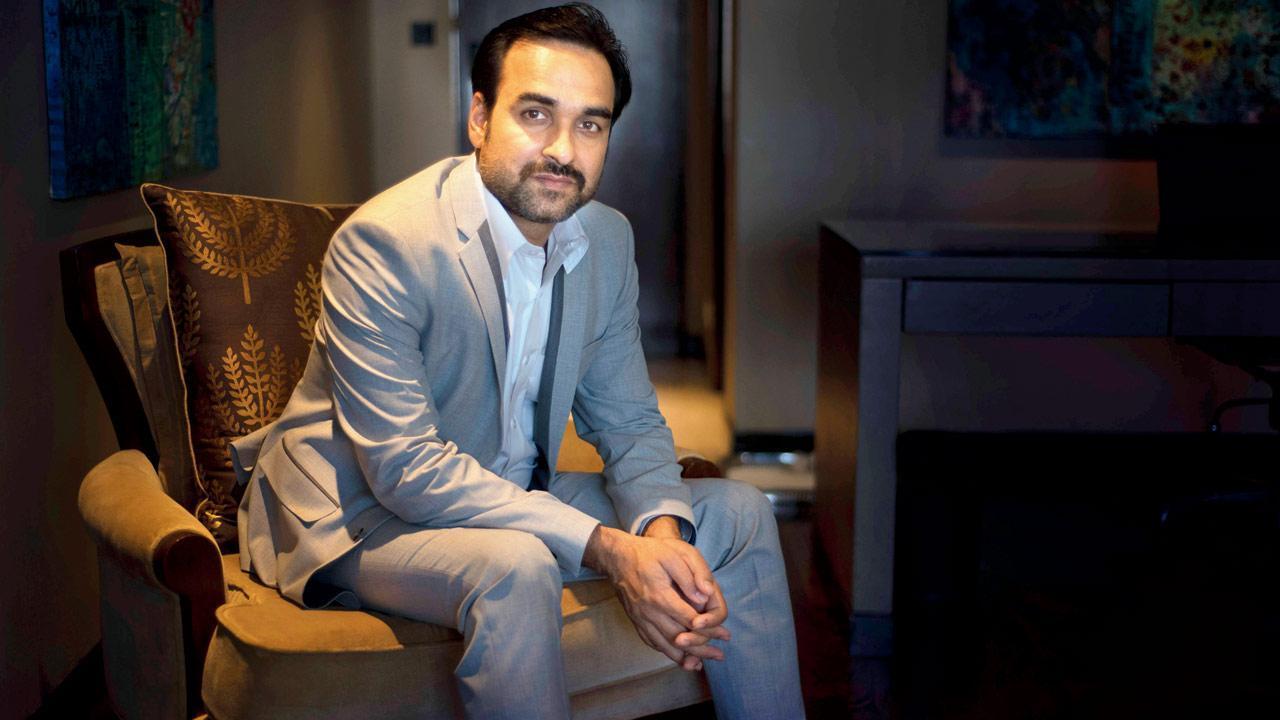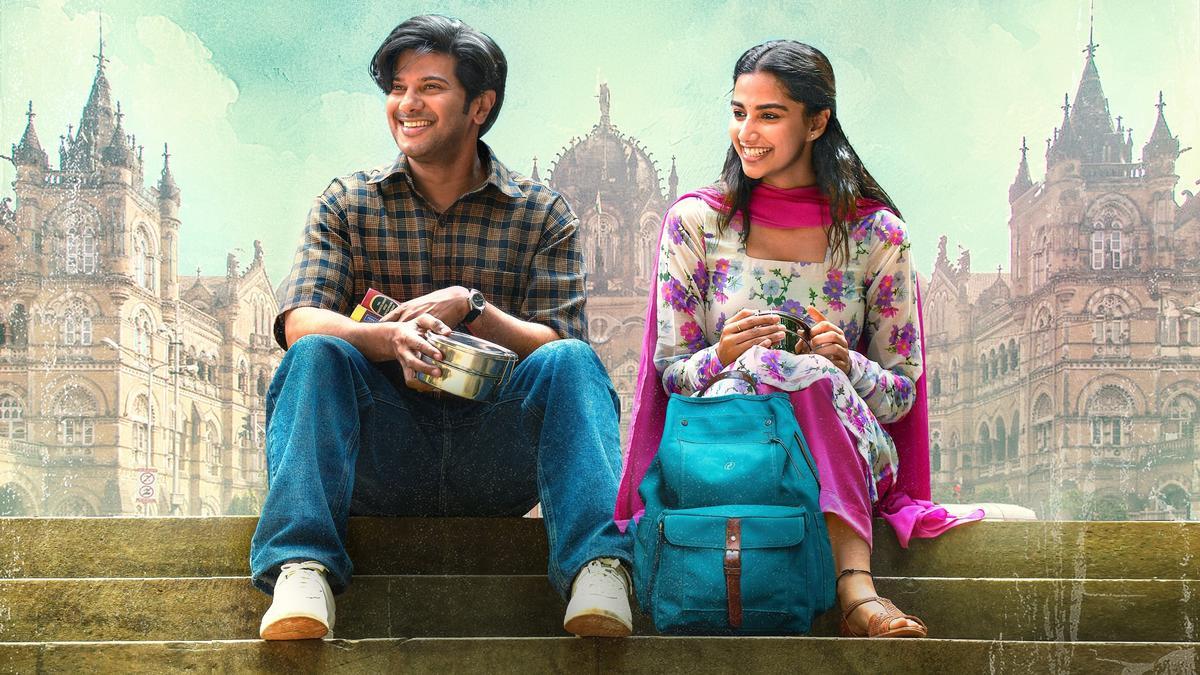
On October 28, 2022, Elon Musk acquired an unprofitable company at a staggering USD 44 billion, and it now seems that he is making every desperate attempt to recuperate from his financial gamble. His plan of action has involved drastic measures including massive layoffs and imposing stringent work mandates on employees (12-hour shifts with no rest days). Moreover, he proposed making the ‘highly coveted’ blue verification tick a paid feature, costing users USD 8 per month (approximately Rs 650 per month).
However, in the wake of a storm of fake handles exploiting the ‘Verified’ badge, industry experts believe that Musk’s controversial strategies may leave the social media giant in a precarious position. According to Statista, Twitter boasts approximately 23.6 million users in India (as of January 2022). However, India only contributes a small percentage to Twitter’s overall revenue. The registered entity of Twitter in India recorded Rs 86.39 crore in revenue for FY21, constituting just 0.23 percent of the global revenue. Despite its revenue jumping by about 82 percent to Rs 156.75 crore in FY22, the Indian entity reported a net loss of Rs 31.84 crore for the same fiscal year.
Amid this chaos surrounding Twitter and its owner Musk making headlines almost daily, we had the opportunity to discuss this upheaval with Naina Redhu, arguably India’s first Twitter user. Naina shared her 16-year journey on Twitter and provided insights into the significant revamps Elon Musk is introducing to the platform.
Here are the edited excerpts of the interview:
**Q: Since when have you been on the platform? How did you end up signing onto the platform?**
Naina: I joined the platform in 2006 when it was still called TWTTR. At that time, I was working in Mumbai and was keenly interested in the burgeoning internet scene. Blogging was already taking off abroad, though not so much in India. I had started my first blog in 2004 and was quite involved in the online developments happening back then.
**Q: How was your experience back then?**
Naina: I remember signing on and being very curious about what was happening. There were a few people exchanging texts on the screen as if they already knew each other. They were mostly located in Palo Alto, California, and were arranging to meet up for coffee or pizza. I wished there was someone in Bombay I could say the same to, but I found none. Initially, I thought the platform was meant exclusively for a U.S. audience.
**Q: Is that how you figured out that you were the first Twitter user in India?**
Naina: Someone pointed out that I might be the first Twitter user from India and directed me to an article listing ‘The first 140 people to sign up to Twitter.’ Upon checking, I couldn’t find any Indian or Indian-sounding name on that list. I then wrote an article on my blog titled ‘Am I the first Indian Twitter user?’ A lot of people responded, saying they couldn’t find any other Indian user. While no one dug deep, it is commonly believed that I am the first Twitter user from India.
**Q: What drastic changes have you noticed between 2006 and 2022?**
Naina: One major change is the character limit—upping it from 140 to 280 characters. While this provided more freedom, it also took away what I believe was the essence of Twitter. The challenge of fitting your thoughts into 140 characters was a unique aspect. Additionally, the ‘Fail Whale’—a blue-colored whale graphic that appeared when the platform crashed—is something I miss. It was a reminder of Twitter’s growing pains. The sense of community has diminished as well. Back then, we had ‘Tweet-Ups’ where Twitter users would meet offline. That sense of personal touch is largely gone, overshadowed by political and controversial topics now.
**Q: After Elon Musk’s takeover, there have been numerous changes. The company was planning to charge a subscription fee for the verification badge. Do you think people would be willing to pay for the blue tick?**
Naina: It’s unclear yet. Screenshots showed two badges—one a blue tick and the other an ‘Official’ tag. The verification badge historically verified that an account was the genuine article. Any changes to this could alter its value. For Twitter Blue, charging USD 8 initially offered reduced ads and some features. But why pay for fewer ads? The proposition of ‘no ads’ might be more compelling.
**Q: Elon Musk said they are experimenting with different features. Was it the same earlier?**
Naina: Yes, that’s what I loved about the early days of Twitter. The platform was dynamic and responsive to user feedback. While Musk is a polarizing figure, his experimentation could lead to interesting developments. The significance of the blue tick could change, and it will be intriguing to watch.
**Q: Twitter Blue was expected to roll out an ‘edit’ button. Will things change under Elon Musk’s leadership?**
Naina: Who knows? I’ve survived without an ‘edit’ button for 16 years. Paying for it doesn’t appeal to me, especially since other platforms like Netflix offer tangible benefits for their fees.
**Q: Do you think the USD 8 per month fee is justified?**
Naina: It depends on the value Twitter adds. At the moment, I don’t see the blue tick enhancing my experience. The fee could be justified if it brings value, but currently, I’m skeptical.
**Q: Do you think subscription models might become common across other platforms if Twitter implements this?**
Naina: I doubt it. For example, Instagram’s ads are well-targeted and even useful sometimes. Twitter needs to improve its ad algorithm.
**Q: Are users migrating to platforms like Koo or Mastodon?**
Naina: I’ve tried several platforms, but none can match Twitter’s loyalty and unique offering. Unless Musk makes a catastrophic misstep, Twitter’s user base is unlikely to migrate en masse. Twitter remains a central hub where everyone wants to be.
**Q: People have never discussed Twitter on Twitter this much before.**
Naina: Indeed. It’s an exciting time, and I’m eager to see how Elon Musk’s strategies will shape the platform’s future.
Watch the full interview [here].










